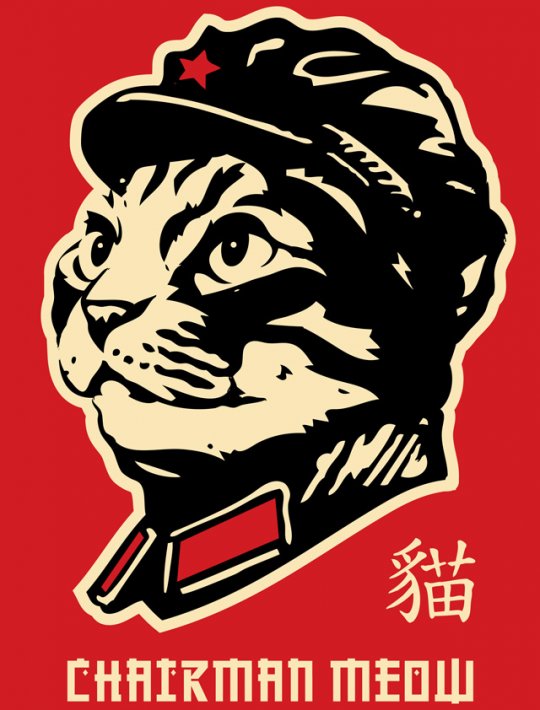Consider this installment three of my previous question which is the second installment. For Election Day, I was researching the history of voting which has taken many forms. At one time in history, people voted by dropping rocks in holes corresponding to their candidate, with the one with most rocks being the candidate who won. We’ve had many forms “of voting”, from rocks in a well to paper ballots to voting machines to whatever this anime concept with glowy lights is. Each method has had supporters and critics, for example critics of voting machines will say it can be rigged, critics of paper ballots will say papers can be mismanaged, and critics of counting yard flags as a method will say it’s too tedious to do it all.
Suppose we discovered dolphins could understand democracy. So here you are coming up with a way to “express a vote”. Underwater, paper shrivels, tech may short-circuit, it’s hard to dig a hole with classic equipment, etc. unless you have a way to make something work. How would you teach dolphins to manifest voting in a non-rigged yet massively usable way?
Govern us. They wouldn’t be worse for sure.
They spend their free time raping each other, torturing prey and getting high from pufferfish…
Exactly. A notable improvement.
deleted by creator
I welcome our dolphin overlords
Either ranked-choice voting or majority judgement.
Here's why
Majority Judgment:
- Voters grade each candidate on a scale (e.g. Excellent, Good, Fair, Poor, Reject)
- The winner is determined by the highest median grade
- Ties are broken by measuring how many voters gave grades above and below the median
Ranked Choice Voting:
- Voters rank candidates in order of preference
- If no candidate has >50%, the lowest-ranked candidate is eliminated
- Their votes transfer to those voters’ next choices
- Process repeats until someone has majority
Majority Judgment optimizes for:
1. Consensus/Compromise.
By using median grades, it finds candidates who are “acceptable” to a broad swath of voters. A candidate strongly loved by 40% but strongly disliked by 60% will typically lose to someone viewed as “good enough” by most. This pushes politics toward centrist candidates who may not be anyone’s perfect choice but whom most find acceptable. The grading system lets voters express “this candidate meets/doesn’t meet my minimum standards” rather than just relative preferences
2. Merit-based evaluation
Voters judge each candidate against an absolute standard rather than just comparing them. This can help identify when all candidates are weak (if they all get low grades) or when multiple candidates are strong. It moves away from pure competition between candidates toward evaluation against civic ideals
Ranked Choice Voting optimizes for:
1. Coalition building
By eliminating lowest-ranked candidates and redistributing votes, it rewards candidates who can be many voters’ second or third choice. This encourages candidates to appeal beyond their base and build broader coalitions. Unlike MJ, it’s more focused on relative preferences than absolute standards
2. Elimination of “spoiler effects”
Voters can support their true first choice without fear of helping their least favorite candidate win. This allows multiple similar candidates to run without splitting their shared base. The system is built around the idea that votes should transfer to ideologically similar alternatives
Both systems optimize for honest voting more than plurality voting, but in different ways:
MJ encourages honest evaluation because exaggerating grades can backfire if too many others don’t follow suit RCV encourages honest ranking because putting your true preference first doesn’t hurt your later choices
The key philosophical difference is that:
- MJ asks “What level of support does each candidate have across the whole electorate?”
- RCV asks “Which candidate has the strongest coalition of support when similar preferences are consolidated?”
This means MJ tends to favor broad acceptability while RCV tends to favor strong but potentially narrower bases of support that can build winning coalitions. Neither approach is inherently more democratic - they just emphasize different aspects of democratic decision-making. </details>
The most raped dolphin wins?
First post the post, I guess. I’m told all the other options are too difficult for people to understand, apparently.
Eww
The dolphins should do democratic centralism
You assume that dolphins don’t already have democracy. If wild dogs have it figured out, then it’s certainly possible, even likely, that dolphins do too. Imagine what a pod of dolphins might vote to do with a land mammal that has the audacity to try and teach them democracy.





